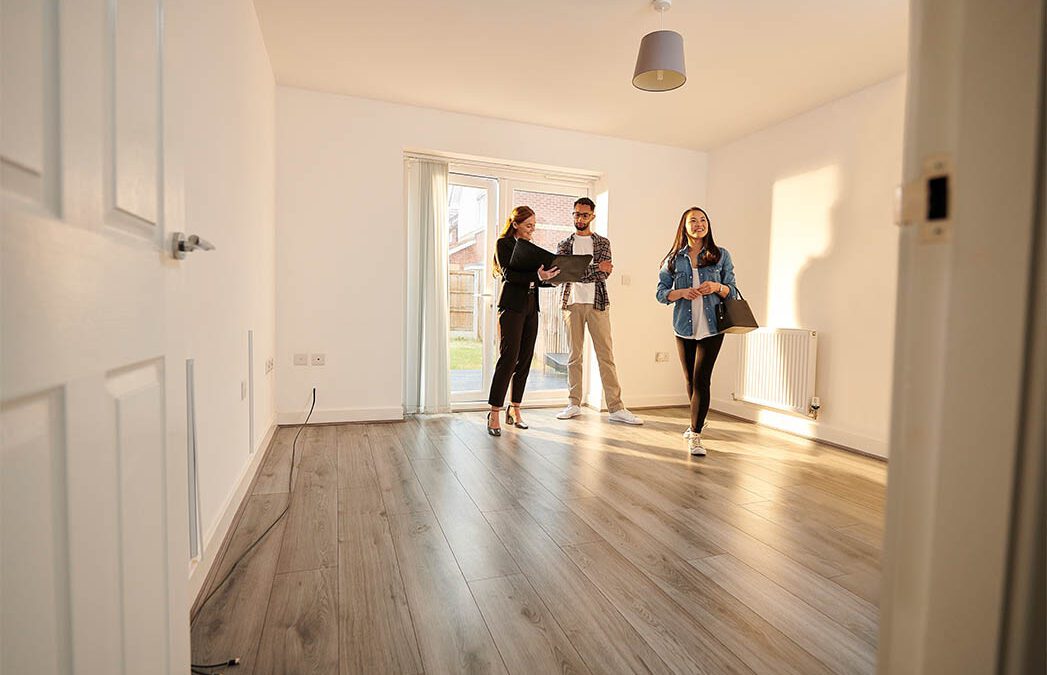As a real estate investor, it’s important to continuously look for ways to increase the potential value of your rental property. Whether they are complex renovations or smaller DIY projects, there are a multitude of options you can choose from to upgrade your house in order to appeal to potential renters or buyers. Here are just a couple projects you can take on to boost your property’s value.
-Upgrade Your Lighting
A well-lit room not only improves the atmosphere of your home, it can potentially be more environmentally sound as well. Implementing LED smart lights throughout a house is an affordable and easy way to save energy and money and can certainly brighten up a room. Some smart lights even have dimming features, color changing bulbs and remote control from a smartphone app. Tech upgrades such as this one can increase interest for younger homebuyers as millennial buyers find smarthomes particularly desirable.
-Create Space and Storage
This could be a bigger project than others, but it can also yield more value. Even if your house’s square footage isn’t big to begin with, you can create the illusion of more space by knocking down a wall or removing a kitchen island, for example. Because these bigger renovations may require more money than installing a light bulb might, it’s important to explore your options for financing them, like home improvement loans or personal loans, instead of paying for it out of your own pocket. Consider this an investment as properties with more interior space are more often desired than those with equal square footage but a less open feel.
-Give Your Rooms a Fresh Coat of Paint
If your walls are looking a bit dull, consider giving your rooms a simple makeover by applying a fresh coat of paint. A newly painted room can considerably brighten up your house and get rid of scratches, stains, dirt or rust. Even if your current paint jobs are generally decent, it’s still a great idea to freshen them up periodically. You might even realize that your current color schemes can be update, and find some colors that are better suited to the current rental or selling market.
-Invest in Energy Efficient Appliances
If you do not already have Energy Star-rated appliances, replace them with ones that are energy efficient, such as your refrigerator, dishwasher, washing machine and dryer. These appliances can significantly lower your energy bill and may even look sleeker in your house. The savings you accrue will be worth the expense and will be a major selling point for potential buyers, or used as a selling point for renters comparing amenities.
-Install or Replace Insulation
Another great way to lower a property’s energy bill is to ensure that the residents don’t have to crank up the heat excessively when it gets cold. The best way to achieve this is through proper and thorough insulation. Look for any areas you can add insulation to reduce airflow from the outside (typically near windows or doors), in order to keep the house cooler in the summer and warmer in the winter with less of a burden put on the HVAC system.
-Install a Smart Thermostat
With a smart thermostat, you or your tenants can control your property’s temperature without having to get up and fiddle with a dial. Smart thermostats allow you to adjust your heating and cooling remotely from your smartphone, and some brands like Google’s Nest even learn your habits and adjust automatically based on when you’re awake, asleep, home or away. This is another energy efficient smart tech investment that appeals to younger homebuyers.
These are just a few easy ways you can boost your property’s value, but they each represent a great way to get started on upgrading any house quickly with an eye toward what the market is most interested in – spacious, attractive interiors, high tech convenience and low utility bills.
Maricel Tabalba is a freelance contributor for Credit.com who is interested in writing about personal finance advice for Millennials and college students. She earned her Bachelor of Arts in English with a minor in Communication from the University of Illinois at Chicago.






















0 Comments